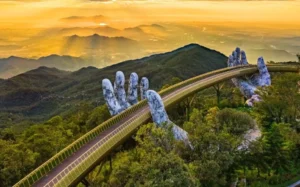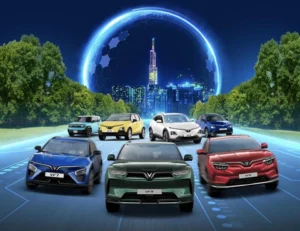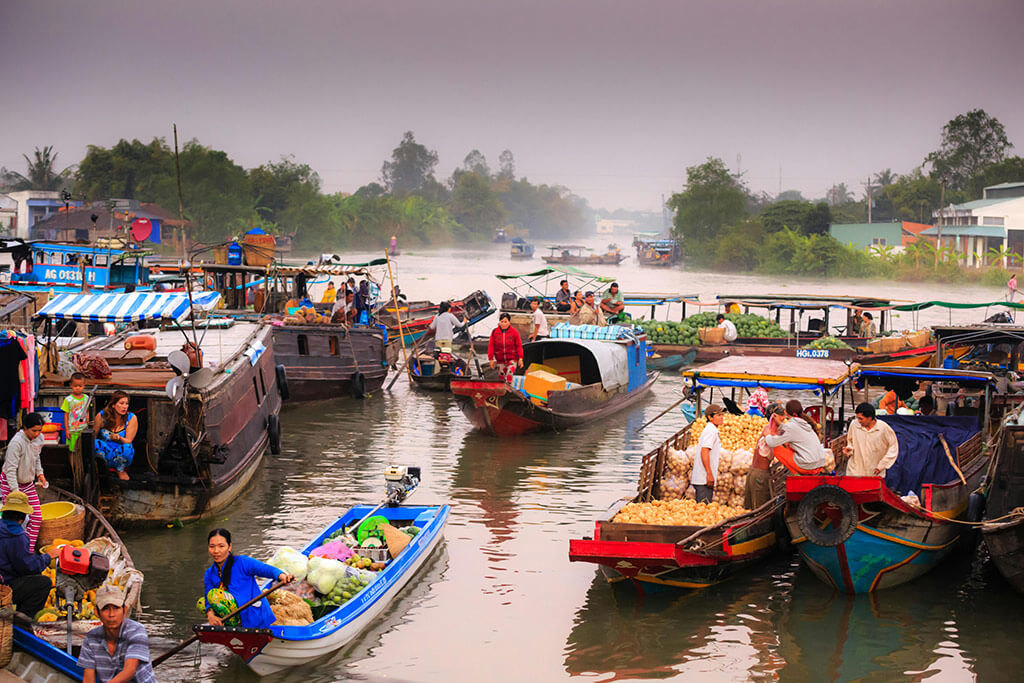Introduction to the Mekong Delta: A Unique Region in Western Vietnam
The Mekong Delta, also known as Mien Tay, is one of Vietnam’s most beautiful and culturally rich regions. Located in western Vietnam, the delta is famous for its vast network of rivers, floating markets, and lush green landscapes. This vibrant area, where the Mekong River meets the sea, is often called the “rice bowl” of Vietnam, thanks to its fertile soil and abundant rice production. Travelers exploring the Mekong Delta will find a region full of life, offering a glimpse into traditional Vietnamese living.
The Life-Giving Mekong River
The Mekong River Delta is the heart of this region, shaping the lives of the people who call it home. The Mekong River, which flows through six countries, finds its final destination here in Vietnam, creating a fertile environment for agriculture and fishing. Visitors can experience the Mekong Delta’s unique lifestyle through boat tours that weave through rivers and canals, passing by floating markets, small villages, and endless stretches of rice fields.
Famous Floating Markets of the Mekong Delta
The floating markets are one of the most iconic sights in the Mekong Delta. The Cai Rang and Phong Dien markets are bustling hubs where traders sell fresh produce, fish, and other goods directly from their boats. These markets are a must-see for travelers who want to experience the vibrant culture and daily life of the delta. Waking up early to visit these markets is an unforgettable experience, where the energy and colorful scenes reflect the heart of Mekong Delta Vietnam.
Lush Landscapes and Rural Life
Aside from the bustling markets, the Mekong Delta is known for its stunning landscapes. Endless rice paddies, fruit orchards, and coconut groves stretch as far as the eye can see. Exploring this region offers a chance to escape the busy cities and enjoy a slower pace of life. Biking through the countryside or taking a boat ride along quiet canals allows travelers to immerse themselves in the beauty of Vietnam’s river delta. The peaceful atmosphere and the hospitality of the local Mekong Vietnamese make it a perfect destination for relaxation.
Ecotourism and Wildlife
The Mekong Delta is also an important hub for ecotourism, with many national parks and nature reserves protecting its rich biodiversity. The region is home to countless species of birds, fish, and other wildlife, making it a paradise for nature lovers. A visit to places like the Tram Chim National Park or U Minh Thuong offers an opportunity to explore the wetlands and learn about the unique ecosystems of the Mekong Delta.
Historical Significance of the Mekong Delta
The Mekong Delta also holds significant historical importance, particularly during the Vietnam War. The region was a strategic location and witnessed numerous battles. Today, visitors can explore the history through guided tours, visiting war sites and museums that showcase the Mekong Delta Vietnam war history.
How to Get to the Mekong Delta
Getting to the Mekong Delta is easy, with several transportation options available. Visitors can travel by bus, car, or guided tours from major cities like Ho Chi Minh City. The Mekong Delta location is just a few hours away, making it an ideal day trip or weekend getaway for those looking to explore western Vietnam. Once there, you can hop on a boat tour to explore the region’s many rivers and islands, or take a more relaxed approach by staying in a local homestay and enjoying the peaceful countryside.
Conclusion: Why the Mekong Delta is a Must-Visit
From its bustling floating markets to its serene landscapes, the Mekong Delta offers something for every traveler. Whether you’re interested in exploring local culture, enjoying fresh Vietnamese cuisine, or discovering the natural beauty of Vietnam’s delta region, the Mekong Delta is a destination that should be on every traveler’s list. It is not just a place on the Mekong Delta map—it’s a living, breathing part of Vietnam that promises unforgettable experiences.
















